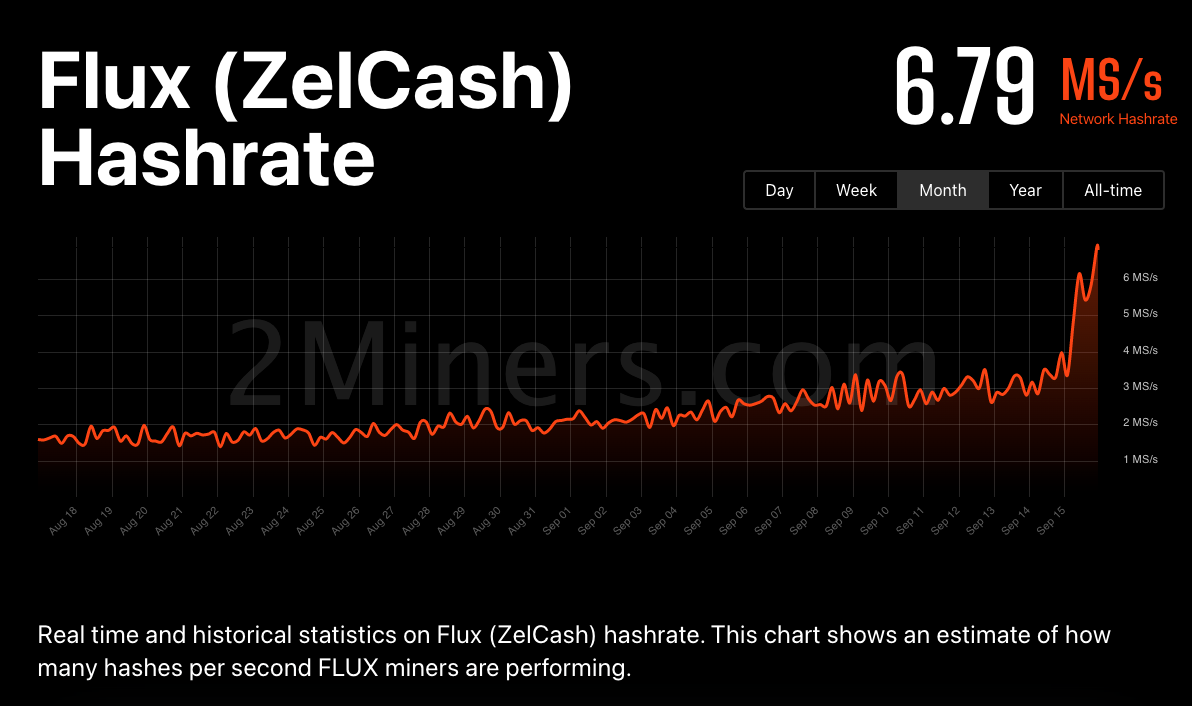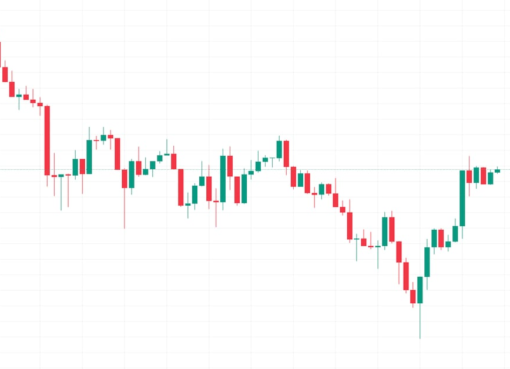The Ethereum Merge came and went, leaving investors to ponder what the next trending development in the market could look like. In a Cryptox Twitter Space with Capriole Fund founder Charles Edwards, the analyst mentioned that excitement over the Ethereum Merge and its bullish price action had somewhat been holding up hope across the market. Now that the event has come and gone, the crypto market has been selling off, with Bitcoin’s (BTC) price trading below $20,000 and Ether’s (ETH) under $1,500.
Eventually, new narratives and market trends will emerge, and if the fundamentals are right, traders will rotate funds as these new leaders emerge.
Let’s take a look at a few potential trends.
Where will the former ETH miners go?
The Ethereum network successfully shifted to a proof-of-stake (PoS) model, meaning miners are out of pocket but still possibly in possession of their GPUs and ASICs mining infrastructure. It’s possible that some miners might elect to mine on a different chain instead of selling their gear.
While they haven’t settled on any particular chain just yet, Ravencoin, Flux, Ethereum Classic and Ergo seem to be the frontrunners. Leading into the Merge, each network saw its hash rate rise to new all-time highs, as shown below.



Prices of each altcoin also rallied over the past month, with Ravencoin’s RVN up 169%, Ergo’s ERG added 132%, Flux gained 156%, and Ethereum Classic’s ETC rallied 135% in the past 90-days.
Interestingly, the hash rate and price dropped sharply on Sept.15, and at the time of writing, just Flux and RVN appear to be rebounding. Over the coming weeks and months, it will be interesting to see which network miners possibly select as their new home and the impact this has on the cryptocurrency’s price.
The Cosmos continues to expand
The Cosmos ecosystem continues to expand, which appears to be attracting buyers to ATOM. Since bottoming at $5.50 on June 18, ATOM’s price has gained 137.5% and, currently, is trading above $16. Analysis suggests that investors view the soon-to-launch liquid staking, ATOM being used as collateral for stablecoin minting, the launch of Cosmos Hub 2.0 and the eventual recovery of decentralized finance in general as bullish long-term factors for ATOM price.
Buy the rumor and sell the news, or buy the dip?
While ETH’s current price action is less bullish than Merge supporters and ETH bulls might have hoped, the actual shift to PoS appears to have been a success, and perhaps over time, the benefits of PoS will translate to bullish price action from ETH. According to Jarvis Labs co-founder Ben Lilly, the “Joe Cool move” for ETH investors is not to “get caught up in the days to come. The main player that is likely to do any sort of crazy activity is that of the miner. And that’s a one-off event that is to be short-lived.”
Lilly explained that:
“The Joe Cool move is to sit there and buy any type of overly emotional movement. Then sit back and take it easy.”
In the future, Ether could experience a supply shock and possibly become deflationary. Staking further secures the network while also providing guaranteed returns on deposited assets. In a market that is stuck in a downtrend, sourcing a safe, predictable yield could become more attractive.
Essentially, Lilly is suggesting that it will take time for the fervor surrounding the Merge to settle and for investors to begin capitalizing on the benefits that the PoS Ethereum network could offer.
What about Bitcoin?
In this week’s Bitcoin analysis I discussed how not much has really changed with Bitcoin’s price. Its price has remained range-bound in the $17,600–$24,400 range for the past three months, and all rallies out of each range-high since March 29 have been capped by the 200-day moving average and an overhead resistance trendline that extends from Bitcoin’s November 2021 all-time high at $69,400.

While continued consolidation within the current range could (and would typically) be good for altcoins, macro tensions may continue to weigh on crypto and equities markets. The hot consumer price index print from Sept. 12 could lead to more aggressive rate hikes from the United States Federal Reserve, and the potential knock-on effect on stock prices could have an even sharper spillover effect on crypto prices.
For this reason, investors remain largely risk-averse to most cryptocurrencies, and it is possible that repeat rejections at the long-term descending trendline and further retests of the $19,000 support could eventually result in a breakdown below the yearly swing low.
This newsletter was written by Big Smokey, the author of The Humble Pontificator Substack and resident newsletter author at Cryptox. Each Friday, Big Smokey will write market insights, trending how-tos, analyses and early-bird research on potential emerging trends within the crypto market.
Disclaimer. Cryptox does not endorse any content of product on this page. While we aim at providing you all important information that we could obtain, readers should do their own research before taking any actions related to the company and carry full responsibility for their decisions, nor this article can be considered as an investment advice.




